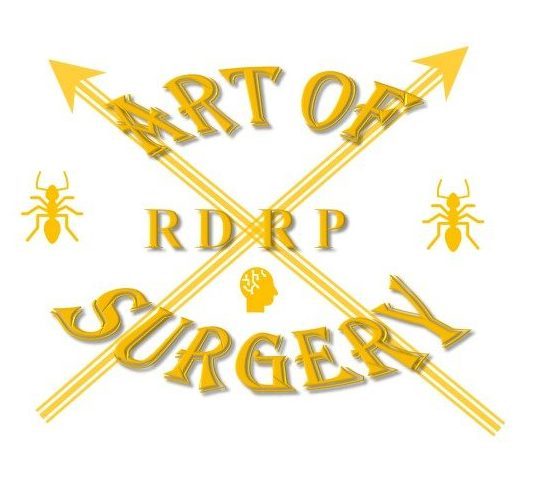GORD Example Questions
GORD – FRCS viva example answers
A 38 year old male referred with (reflux). On full medical treatment for 6 months without relief. How would you manage this patient?
I’ll take a full history, including
· relation to meals, exacerbating features such as bending over or lying flat and night symptoms. Ask about red flag symptoms such as dysphagia, weight loss, haematemesis or melaena.
· Dysphagia and regurgitation may point towards dysmotility.
· Drug history: some medications can lower LOS tone (nitrates, Ca2+ channel blockers, A- and B-blockers, theophylline and anti-cholinergics); NSAIDs
· Smoking and alcohol
· Dietary: coffee, fizzy drinks, chocolate, acidic fruits, spicy foods
· Examine patient recording their BMI
Arrange for an OGD (accepting that it may be normal)
OGD shows 3cm HH, she wants surgery. How do you proceed?
I will arrange a 24-hour pH monitoring and manometry. These are used to provide objective evidence of acid reflux and their correlation with symptoms. Manometry is mainly to exclude dysmotility and adequacy of peristalsis. (although RCTs show good results with Nissen’s even in poor peristalsis)
What values will you look at in the 24-hour pH monitoring study?
Total time of acid exposure as a total of recording time (<5% is normal) is the most useful. Other parameters might be number of episodes where reflux laster more than 5 mins, number of episodes, upright/supine reflux time and longest reflux episode. All these are usually combinded to give a composite score called the DeMeester score (normal <14.72)
Symptom correlation is very important. Symptom Index (proportion of symptoms related to objective reflux) >50% is considered positive.
What are the indications for anti-reflux surgery?
Failed medical management
Do not wish to continue with PPIs long-term
What types of anti-reflux procedures do you know?
Fundoplications are either total (Nissen’s) or partial, which can be anterior (Dor-180) or posterior (Toupet-270). The anterior Dor is the one commonly used alongside a cardiomyotomy in the treatment of achalasia.
Describe a lap Nissen’s to a patient?
Performed under GA
Short hospital stay or day case
5 small cuts 5-12mm
Bring the herniated stomach back to the abdomen, and return the abdominal portion of the gullet to its abdominal place
Narrow the opening in the diaphragm with sutures
Mobilise the dome of the fundus to allow it to be wrapped around the lower part of the gullet to increase the pressure in it and prevent acid reflux
Swallowing may be difficult initially and I would recommend a sloppy diet for 2 weeks
I will warn the patient about early satiety and gas related problems (bloating, inatbiity to belch and flatulence). There is usuall some weight loss associated. Conversion to open is around 2%, re-operation is 15%, recurrence of reflux and dysphagia.
Pneumothorax/pneumomediastinum with CO2 usually resolves spontaneously. Peforation and injurt to bowel, liver, spleen are rare but potential.
General risks include infection, bleeding, DVT/PE, LRTI and risks from GA
How do you ensure the wrap is not too tight?
I would size the fundoplication using a 60F bougie
Would you always divide the short gastric vessels when doing a Nissen’s?
Yes, because this allows formation of a floppy wrap and not doing so can result in early dysphagia (no good evidence for this)
OR
No, because there is evidence of higher rate of gas related problems if the short gastris are divided (some evidence for this)
Nissen’s – technique
Verress needle insufflation, one hand breadth beneath xiphisternum;
5mm left sub-costal, 10mm right sub-costal anterior axillary line
5mm left mid-axillary line
Steep reverse Trendelenburg
Expose gastrophrenic ligament by pulling down on GOJ fat pad. Divide phrenogastric ligament. Then grab the stomach greater curve anteriorly whilst assistant provides lateral traction. Divide short gastrics 1cm later to greater curve. Complete this to angle of His.
Pars flacida is divided and division of gastrohepatic ligament is continued superiorly, take care to not divide the vagal branches and any aberrant left hepatic artery. Incise the phreno-oesophageal membrane and make a retro-oesophageal window. Take care of the left (anterior) and right (posterior) vagus nerves. A penrose drain can be placed to provide caudal traction, as a sling.
Mobilise the oesophagus, starting posteriorly in the mediastinum and taking care not to damage the vagus nerves or pleura, until a minimum of 3cm of oesophagus lies in the abdomen without traction. If needed, it can be mobilised upto the level of the inferior pulmonary veins. If more length needed, can transect the vagus turnks. If this still doesn’t give enough length, a stapled-wedge Collis gastroplasty many be needed.
Right and left crura are approximated using permanent sutures, 2 or 3 sutures.
Take out oro-gastric tube. Pass the mobilised posterior fundus behind the oesophagus and bring to meet the anterior fundus. The locations of the meeting point should be (3cm distal to GOJ and 2cm anterior/posterior to the greater curve). Ensure the shoe shine. Place 3 or 4 sutures (sero-muscular) with the most cephalad also taking a seromuscular bite of the oesophagus. A total of 3cm of abdominal oesophagus must be covered.
The wrap is then secured to the diaphragm at the left lateral, right lateral and posterior positions.
Close the fascia at 10mm sites, close skin
Post-operative: clear liquids day of surgery. Free fluids on POD 1. If tolerating fluids, discharge with sloppy diet for 2 weeks and then build up. Full regular diet at 4-6 weeks.
